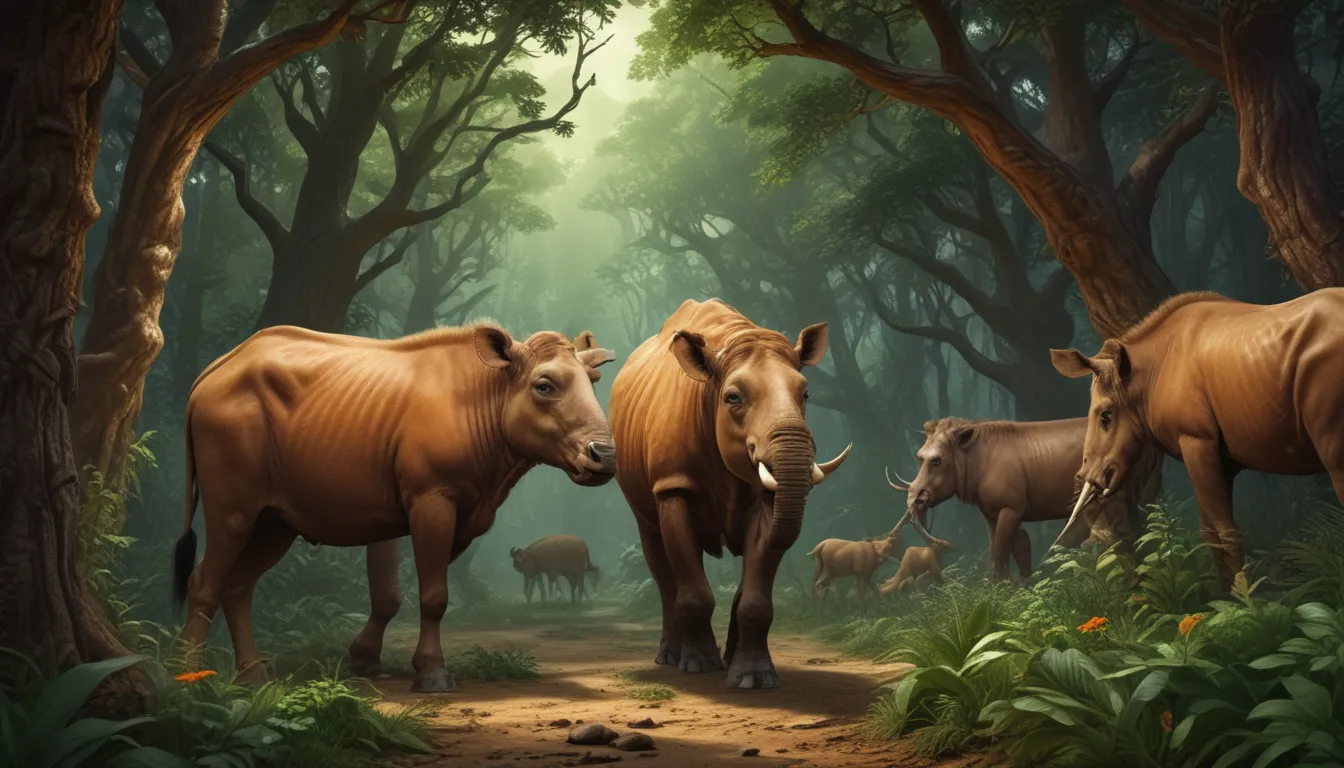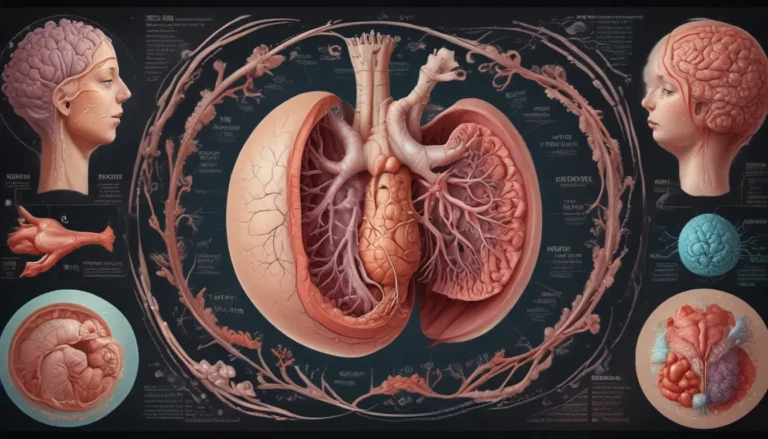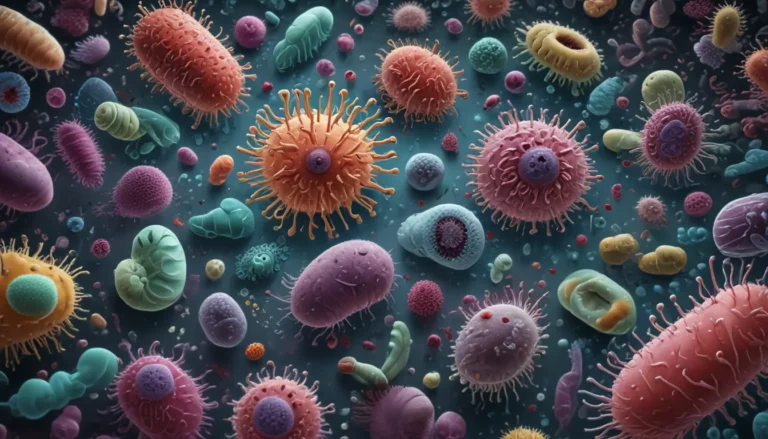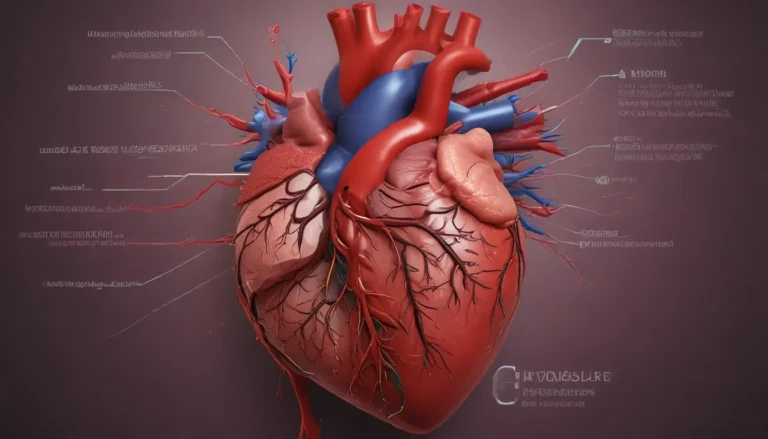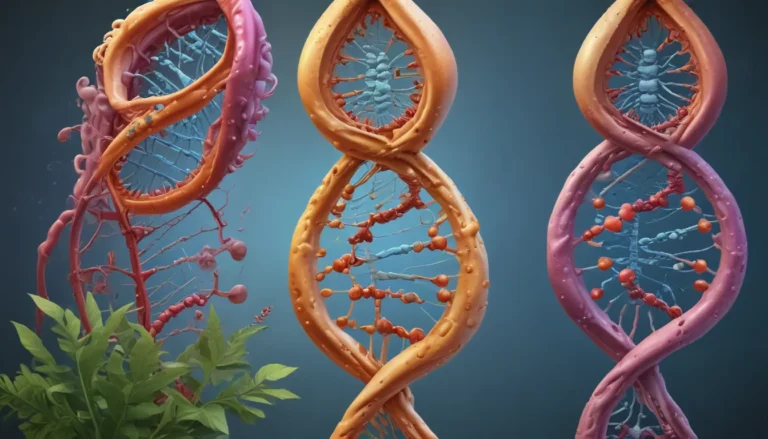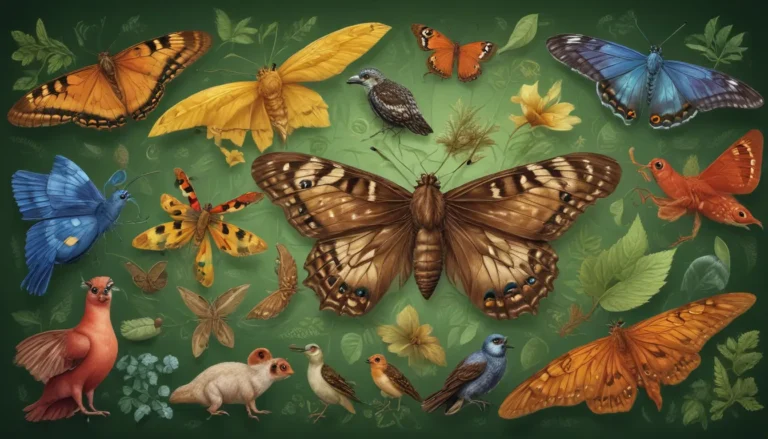A Note About Images: The images used in our articles are for illustration purposes only and may not exactly match the content. They are meant to engage readers, but the text should be relied upon for accurate information.
Welcome to the mesmerizing world of herbivores, where plant-eating creatures reign supreme and shape the delicate balance of ecosystems. From massive mammals to tiny insects, herbivores exhibit a diverse array of behaviors, adaptations, and ecological significance. In this comprehensive guide, we will delve into 16 intriguing facts about herbivores that illuminate their unique characteristics, extraordinary adaptations, and indispensable contributions to the environment.
Unlocking the Secrets of Herbivores
Herbivores are a captivating group of animals that have evolved to thrive on a diet consisting solely of plant material. From majestic grazers to delicate browsers, these creatures play a vital role in sustaining the intricate web of life in nature.
Delving into the Herbivore Diet
Herbivores possess specialized digestive systems that enable them to extract nutrients from various plant parts such as leaves, stems, fruits, and seeds. Their dietary preferences and adaptations vary based on their species, contributing to the rich diversity of herbivores in the animal kingdom.
- Herbivores can be categorized into two main groups: grazers and browsers. Grazers predominantly feed on grasses and low-lying vegetation, while browsers prefer to browse on leaves, twigs, and bark of trees and shrubs.
Marvel at the Massive Munchers
Certain herbivores, like elephants and giraffes, exhibit impressive feeding capabilities, consuming several hundred pounds of plant material in a single day. They utilize specialized teeth, jaws, and long tongues to efficiently gather and process their food.
Unveiling Symbiotic Relationships
Herbivores often form symbiotic relationships with other species, benefiting both parties involved. For instance, certain birds act as “cleaners” by removing parasites and dead skin from large herbivores, showcasing the intricate interconnections in nature.
Specialist vs. Generalist Herbivores: The Distinction
Herbivores can be classified as specialists or generalists based on their feeding habits. Specialist herbivores have evolved to feed on specific plant species, whereas generalists have a broader diet, consuming a wide range of plant material.
Harnessing the Power of Gut Microbes
Many herbivores rely on a community of gut microbes to aid in breaking down plant cell walls and extracting nutrients efficiently. This symbiotic relationship enhances their digestive capabilities and ensures optimal utilization of plant material.
- Some herbivores play a crucial role in seed dispersal by transporting seeds to different locations through their droppings, facilitating the spread of plant species.
The Evolutionary Dance Between Herbivores and Plants
Herbivores have exerted selective pressure on plants, leading to the evolution of defense mechanisms such as thorns, spines, and chemical compounds to deter herbivory. This intricate relationship has shaped the evolution of plants over millennia.
Unveiling the Art of Camouflage
Many herbivores have evolved camouflage adaptations to evade predators, blending seamlessly with their surroundings for enhanced protection. Their fur often mimics the colors and patterns of vegetation, serving as a natural defense mechanism.
Embarking on Extraordinary Migration Journeys
Some herbivores undertake remarkable seasonal migrations in search of greener pastures, ensuring a steady food supply for these animals. Wildebeests and caribou are known for their epic journeys across vast distances.
Embracing Gut Fermentation
The specialized digestive systems of many herbivores allow for gut fermentation, breaking down complex carbohydrates in plant material and extracting maximum energy from their food. This intricate process enhances their efficiency in deriving nutrients from plants.
Nurturing Bacterial Symbiosis
Certain herbivores, including termites and ruminants, maintain a mutualistic relationship with bacteria in their digestive system. These bacteria aid in breaking down cellulose, a complex carbohydrate found in plant cell walls, enhancing their digestive capabilities.
Shaping Ecosystem Dynamics
Herbivores play a pivotal role in shaping ecosystems by influencing plant growth patterns, species composition, and even the spread of wildfires. Their selective feeding habits contribute to the ecological balance and resilience of natural habitats.
Championing Conservation Efforts
Understanding the crucial role of herbivores in ecosystems is paramount for effective conservation strategies. By safeguarding herbivore populations and their habitats, we can preserve biodiversity, promote ecological harmony, and ensure the sustainability of our planet’s natural resources.
Celebrating the Diversity and Adaptations of Herbivores
From the graceful giraffe with its long neck to the industrious beaver with its powerful jaws, herbivores showcase a remarkable diversity of physical features and adaptations tailored to their herbivorous lifestyles. Each species embodies a unique strategy for obtaining and processing plant material.
As you witness herbivores peacefully grazing or browsing in their natural habitats, take a moment to marvel at the intricate world of these fascinating creatures and the invaluable contributions they make to our environment.
Embracing the Majesty of Herbivores
Herbivores hold a special place in the intricate tapestry of life on Earth, showcasing unparalleled adaptations, behaviors, and ecological significance. As we unravel the mysteries of herbivores, we gain a deeper appreciation for the profound impact they have on ecosystems and the vital role they play in maintaining biodiversity.
Frequently Asked Questions (FAQs)
-
What is a herbivore?
A herbivore is an organism that primarily consumes plant material as its source of nutrition. -
How do herbivores obtain nutrients from plants?
Herbivores have specialized digestive systems that enable them to break down the tough cell walls of plants and extract nutrients. Some herbivores have symbiotic relationships with bacteria that aid in cellulose digestion. -
Can herbivores eat meat?
No, herbivores are specifically adapted to consume plant material and do not possess the anatomical or physiological adaptations required to digest or obtain nutrients from meat. -
Are all herbivores large animals?
No, herbivores encompass a wide range of sizes, from microscopic insects to massive mammals like elephants and giraffes. -
Do herbivores solely eat leaves?
While many herbivores primarily consume leaves, they can also feed on stems, roots, fruits, and seeds, depending on their species and adaptations. -
Do herbivores solely rely on plants for nutrition?
Yes, herbivores are entirely dependent on plant material for their nutritional needs and have evolved various mechanisms to extract essential nutrients from plants. -
Are herbivores essential for ecological balance?
Absolutely, herbivores play a crucial role in maintaining ecosystem balance by influencing plant growth, seed dispersal, and providing a food source for carnivores. -
How do herbivores protect themselves from predators?
Herbivores have evolved diverse defense mechanisms, including camouflage, warning coloration, spines, toxins, and group behaviors, to deter predators and ensure their survival. -
Can herbivores coexist with humans in agriculture?
With proper management practices such as rotational grazing and protected crop areas, herbivores can peacefully coexist with humans in agricultural settings, minimizing conflicts between herbivores and human interests. -
Are herbivores impacted by climate change?
Yes, climate change can affect herbivores by altering their habitats, food availability, and migration patterns, leading to changes in plant communities and herbivore populations.
Dive into the captivating world of herbivores and witness the wonders of these remarkable plant-eating marvels as they navigate their natural habitats with grace and resilience. Each herbivore represents a unique piece of nature’s puzzle, contributing to the intricate tapestry of life that sustains our planet. Let us cherish and protect these magnificent creatures and the ecosystems they inhabit for the well-being of future generations.
